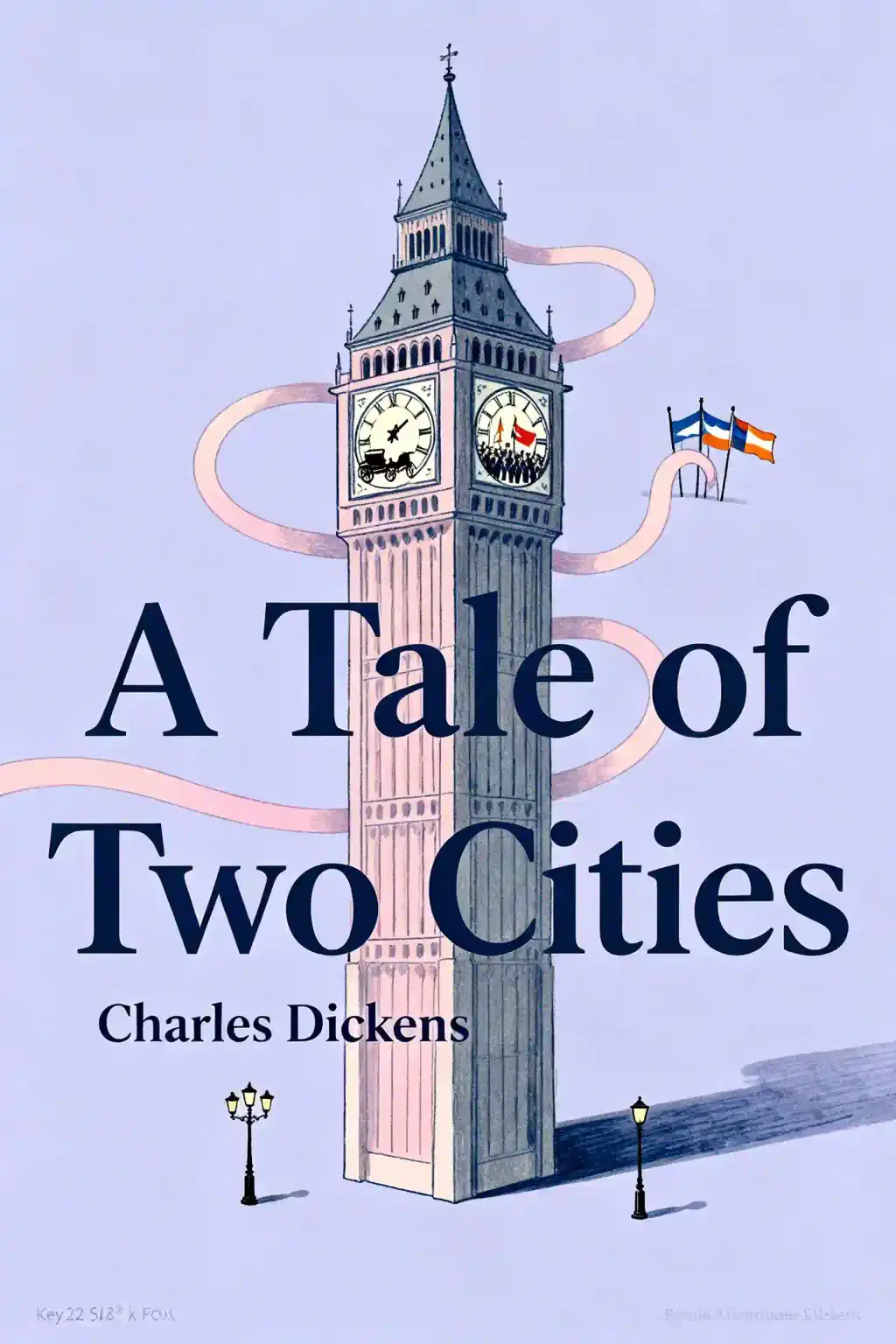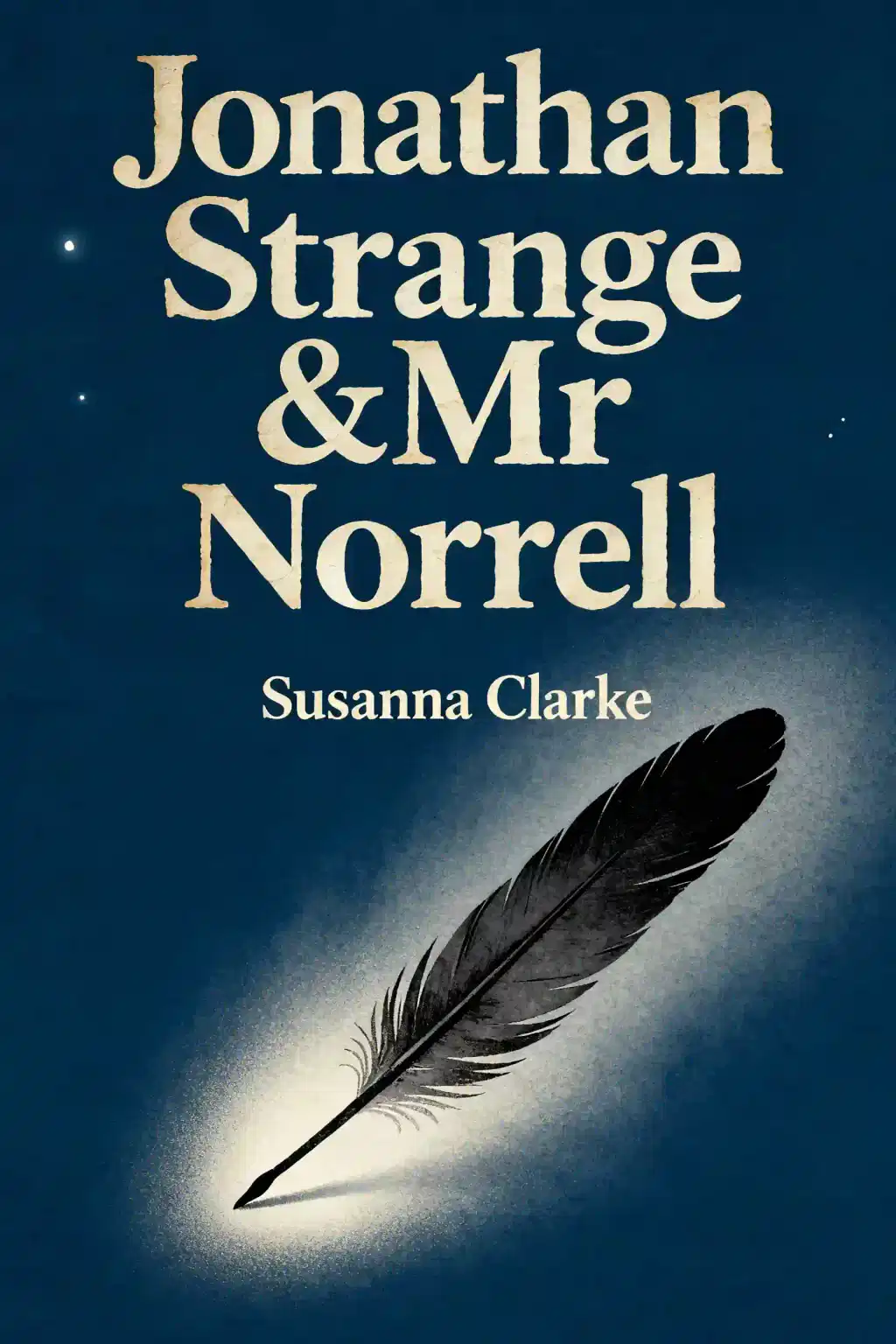What is
A Tale of Two Cities by Charles Dickens about?
A Tale of Two Cities explores the turmoil of the French Revolution through interconnected lives in London and Paris. Central themes include sacrifice, resurrection, and societal injustice, following characters like Charles Darnay, a renounced aristocrat; Sydney Carton, a self-sacrificing lawyer; and Lucie Manette, whose love binds them. The novel contrasts personal redemption with the chaos of political upheaval.
Who should read
A Tale of Two Cities?
Fans of historical fiction, classic literature enthusiasts, and readers interested in moral dilemmas should read this book. Its gripping portrayal of revolution, complex characters like Carton and Madame Defarge, and themes of sacrifice make it ideal for students and those exploring 19th-century societal critiques. Dickens’ vivid prose and iconic opening line also appeal to lovers of literary craftsmanship.
Is
A Tale of Two Cities worth reading?
Yes. As a cornerstone of English literature, it offers timeless insights into human resilience and societal conflict. Its iconic opening line, rich symbolism, and unforgettable characters—notably Sydney Carton’s redemption arc—make it a compelling read. Critics praise its exploration of duality and sacrifice, cementing its relevance for modern audiences.
What is the significance of the opening line “It was the best of times, it was the worst of times...”?
The opening line uses antithesis to contrast the extremes of pre-revolutionary Europe, highlighting societal inequalities and foreshadowing chaos. Dickens underscores the duality of human experience—hope and despair, wealth and poverty—setting the stage for the novel’s exploration of conflict and redemption.
How does Sydney Carton’s character evolve throughout the novel?
Carton transforms from a disillusioned alcoholic to a selfless hero. Initially cynical, his unrequited love for Lucie inspires him to sacrifice his life for Darnay, symbolizing spiritual rebirth. His final act, declaring “It is a far, far better thing I do,” epitomizes redemption and the novel’s theme of resurrection.
What historical events inspired
A Tale of Two Cities?
Dickens drew from the French Revolution (1789–1799), particularly the Storming of the Bastille and Reign of Terror. The novel critiques aristocratic oppression (e.g., Marquis Evrémonde’s cruelty) and revolutionary excesses, reflecting Dickens’ concerns about social inequality and violence in his own era.
Who are the main characters in
A Tale of Two Cities?
Key figures include:
- Charles Darnay, a reformed aristocrat
- Sydney Carton, his self-sacrificing doppelgänger
- Lucie Manette, whose compassion unites them
- Dr. Manette, a traumatized Bastille survivor
- Madame Defarge, a vengeful revolutionary
Their intertwined fates drive the narrative’s exploration of justice and mercy.
What are the major themes in
A Tale of Two Cities?
Themes include:
- resurrection (Carton’s sacrifice)
- duality (London vs. Paris)
- the cyclical nature of violence
Social injustice is critiqued through the aristocracy’s brutality and the revolution’s bloody retribution, while love and solidarity emerge as redemptive forces.
How does Charles Dickens portray the French Revolution in the novel?
Dickens depicts the revolution as both a justified revolt against oppression and a descent into chaos. Scenes like the Marquis’ murder and the guillotine’s “sharp female called La Guillotine” illustrate the cost of unchecked vengeance, critiquing both aristocratic corruption and revolutionary extremism.
What is the role of sacrifice in
A Tale of Two Cities?
Sacrifice drives the narrative: Carton dies for Darnay, Lucie nurtures her broken father, and Darnay risks his life to save Gabelle. These acts underscore themes of love and moral redemption, contrasting the destructive sacrifices of the revolution.
How does
A Tale of Two Cities critique social inequality?
Through the Evrémondes’ exploitation of peasants and the Defarges’ vengeful uprising, Dickens condemns systemic oppression. The novel warns against dehumanization on both sides, advocating for empathy over retribution.
Are there any criticisms of
A Tale of Two Cities?
Some critics argue the plot relies on coincidences (e.g., Carton and Darnay’s resemblance) and melodrama. Others note underdeveloped female characters beyond Lucie and Madame Defarge. Despite this, its emotional depth and thematic complexity remain widely praised.















